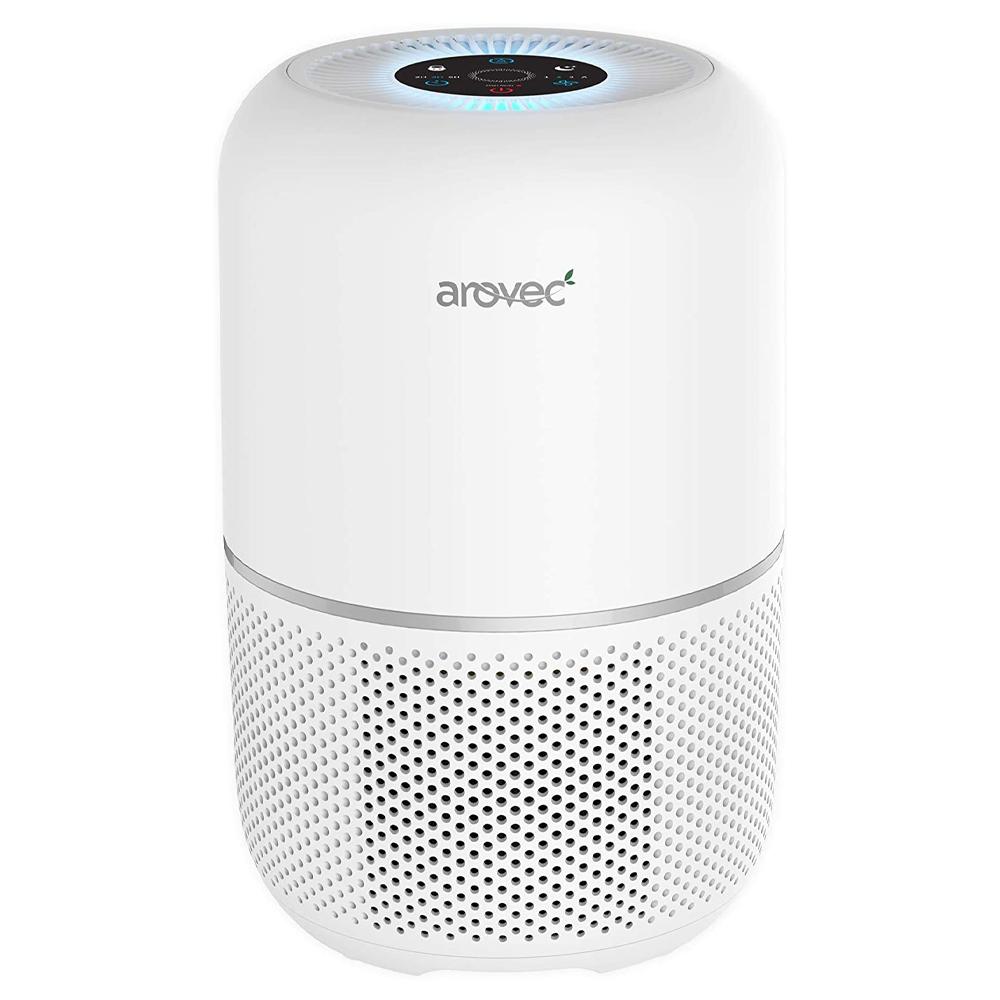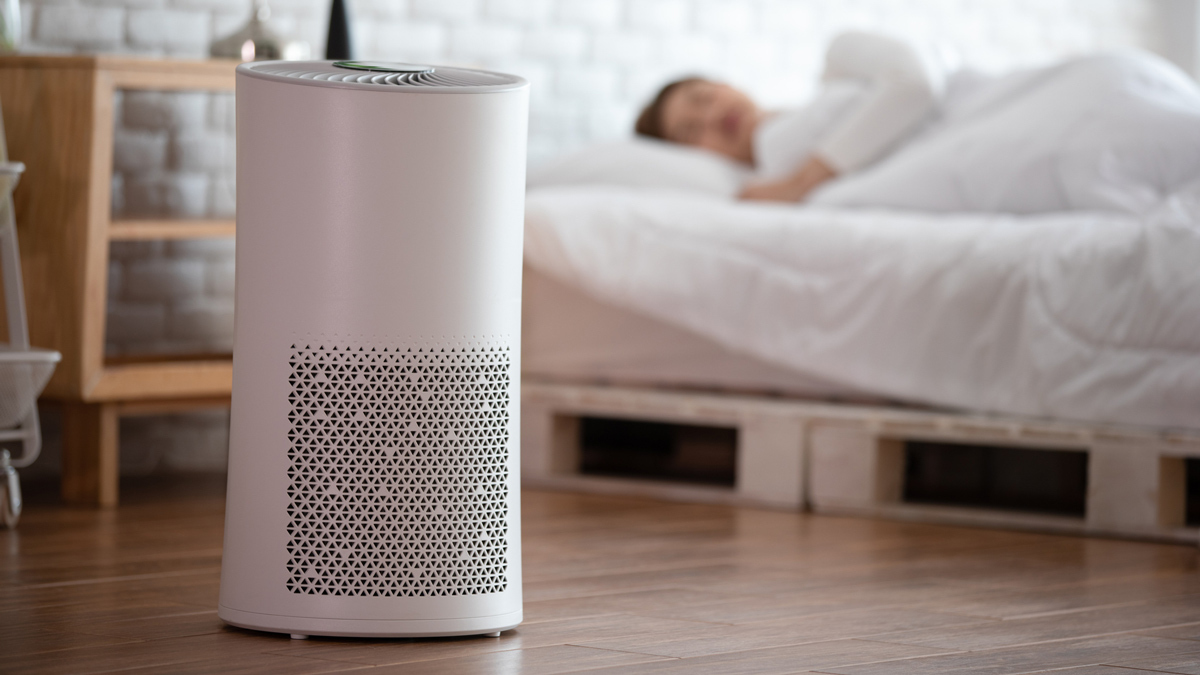Featured
Table of Contents
- – Recognizing Mold and Its Wellness Effects
- – Can Air Purifiers Assist Reduce Mold?
- – The Scientific Research Behind Air Purifiers ...
- – Are Air Purifiers Right for You When Battling...
- – A Multi-Pronged Approach to Conquering Mold
- – Living Mold-Free: Beyond Air Purifiers
- – When to Employ the Professionals
- – Conclusion: A Breath of Fresh Air and a Mold-...

Mold development in your home can be an actual concern. Not just does it produce undesirable black spots and musty smells, but it can also cause allergy symptoms and respiratory system troubles. Air cleansers are often advised as a solution, appealing cleaner air and reduced direct exposure to mold spores. Are air purifiers truly worth it in the fight against mold? This comprehensive overview explores the scientific research behind mold and mildew, the role of air purifiers, and the variables to take into consideration when choosing.
Recognizing Mold and Its Wellness Effects
Prior to delving right into air cleansers, allow's shed light on mold and mildew and its prospective health and wellness dangers:
- Mold Basics: Mold and mildew is a fungi that grows in wet atmospheres. It reproduces by launching spores right into the air, which can be inhaled and trigger various health issue.
- Health Issues: Direct exposure to mold spores can activate allergy symptoms like sneezing, coughing, itchy eyes, and a runny nose. In many cases, mold and mildew exposure can also result in respiratory system infections and intensify existing breathing problems like bronchial asthma.
- Mold Doesn't Differentiate: While some individuals are a lot more conscious mold than others, anybody can experience health and wellness troubles from extended direct exposure.
Can Air Purifiers Assist Reduce Mold?
Air purifiers can contribute in handling mold, yet it is necessary to recognize their restrictions:

- Trapping Spores: Air purifiers with HEPA filters can properly catch mold spores flowing airborne. This can help in reducing exposure and potentially ease allergic reaction signs.
- Limited Influence On Resource: Air purifiers don't get rid of the source of the mold and mildew trouble. Mold removal is crucial to attend to the source and avoid more growth.
- Dampness Control is Key: Mold flourishes in damp environments. Air purifiers do not deal with wetness problems. Without addressing the underlying wetness problem, mold and mildew will likely return.
The Scientific Research Behind Air Purifiers and Mold
While air purifiers can not eliminate mold itself, some research study recommends they can be a useful tool in managing mold exposure:
- A 2012 study released in the journal "Building and Atmosphere" located that air cleansers with HEPA filters significantly reduced airborne mold and mildew spore focus in an examination atmosphere.
- A 2015 review released in the journal "Present Allergy and Asthma Records" ended that air cleansers, alongside various other mold remediation strategies, can be useful in decreasing mold-related symptoms in sensitive people.
However, it is necessary to keep in mind some constraints:
- HEPA Filter Efficiency: HEPA filters are not 100% effective at capturing all mold and mildew spores, especially extremely small ones.
- Filter Upkeep: Regularly changing HEPA filters according to the supplier's instructions is vital for keeping optimum performance. Clogged up filters shed performance.
Are Air Purifiers Right for You When Battling Mold? Variables to Take Into Consideration
Below are some vital variables to take into consideration when determining if an air purifier is worth it for your mold circumstance:
- Extent of Mold And Mildew Growth: For small mold and mildew spots, attending to the moisture resource and getting rid of the mold could be sufficient. Air cleansers could be much less crucial. For substantial mold development, an air purifier can be a valuable addition to your removal approach.
- Wellness Issues: If you experience allergy signs and symptoms or respiratory system troubles presumed to be mold-related, an air purifier can offer some relief and boost indoor air top quality.
- Resolving the Resource: Bear in mind, air cleansers are not a replacement for correct mold remediation. Determining and resolving the resource of moisture that's causing the mold growth is vital for a lasting option.
A Multi-Pronged Approach to Conquering Mold
While air cleansers can be a valuable tool, an extensive method is key to winning the battle against mold:
- Wetness Control: One of the most vital action is to recognize and address the resource of dampness that's allowing mold and mildew to grow. This could entail repairing leaking pipes, improving ventilation in shower rooms and kitchens, or addressing condensation issues.
- Mold and mildew Elimination: Professionals advise specialist mold removal for comprehensive mold and mildew growth. They have the know-how and equipment to securely eliminate mold and protect against further spread. For small mold spots, you may be able to handle removal on your own, adhering to safety guidelines.
- HEPA-Filtered Vacuuming: After mold and mildew remediation, HEPA-filtered vacuuming can help get rid of remaining mold spores from surface areas.
- Air Purifier Combination: Once the resource of the mold and mildew is attended to and the mold itself is gotten rid of, an air purifier can be a useful tool to catch staying airborne spores and boost indoor air top quality.
Living Mold-Free: Beyond Air Purifiers
Right here are some added pointers to promote a mold-free environment:
- Maintain Low Indoor Moisture: Aim for a humidity degree in between 30% and 50% making use of a dehumidifier in damp climates. This helps protect against mold and mildew growth.
- Rise Ventilation: Boost air blood circulation in your home by opening up windows on a regular basis and utilizing exhaust fans in shower rooms and kitchen areas.
- Tidy and Dry Damp Surfaces: Immediately tidy and completely dry any kind of wet surface areas, such as spills or condensation, to avoid mold from taking root.
- Frequently Evaluate Prone Locations: Pay interest to areas prone to mold and mildew development, like restrooms, basements, and attic rooms. Frequently examine for indicators of mold and address moisture concerns promptly.
- Consider Mold-Resistant Materials: When restoring or changing structure materials, take into consideration using mold-resistant options, specifically in moisture-prone areas.
When to Employ the Professionals
While some mold and mildew removal tasks can be dealt with by yourself for little mold spots, there are scenarios where professional help is important:
- Extensive Mold And Mildew Development: If you discover a big location of mold and mildew growth, especially if it covers greater than 10 square feet, it's ideal to employ a professional mold removal firm. They have the experience and tools to safely remove the mold and protect against additional spread.
- Health and wellness Worries: If you or your member of the family experience relentless respiratory issues or allergy signs and symptoms thought to be mold-related, speaking with a healthcare professional and a mold and mildew removal professional is advised.
- Concealed Mold and mildew: If you think mold growth behind wall surfaces or in crawlspaces, professional assistance is essential to situate and remove the mold safely and successfully.
Conclusion: A Breath of Fresh Air and a Mold-Free Home
Mold growth in your home can be a worrying issue, however with the appropriate method, you can win the fight and produce a much healthier living environment. While air purifiers can be a practical device in managing mold and mildew direct exposure, remember they are not a standalone option. By addressing the source of moisture, implementing proper mold removal methods, and including preventative actions, you can breathe easier in a mold-free home.
Additional Considerations:
- Air Quality Testing: For extreme mold and mildew troubles or if you have health and wellness worries, think about specialist air high quality screening to assess mold spore degrees and direct your removal efforts.
- Long-Term Surveillance: After successful mold remediation, it's a good idea to monitor your home for signs of recurrence, especially in areas formerly prone to mold growth.
By taking a proactive strategy and combining these techniques, you can develop a healthy and mold-free atmosphere on your own and your household.
Table of Contents
- – Recognizing Mold and Its Wellness Effects
- – Can Air Purifiers Assist Reduce Mold?
- – The Scientific Research Behind Air Purifiers ...
- – Are Air Purifiers Right for You When Battling...
- – A Multi-Pronged Approach to Conquering Mold
- – Living Mold-Free: Beyond Air Purifiers
- – When to Employ the Professionals
- – Conclusion: A Breath of Fresh Air and a Mold-...
Latest Posts
Comprehending the Transition: Why sydney is Phasing Out Gas
Understanding the Transition: Why Lane Cove is Phasing Out Gas
Rumored Buzz on Is Dishwashing Yeti Ramblers Recommended?
More
Latest Posts
Comprehending the Transition: Why sydney is Phasing Out Gas
Understanding the Transition: Why Lane Cove is Phasing Out Gas
Rumored Buzz on Is Dishwashing Yeti Ramblers Recommended?